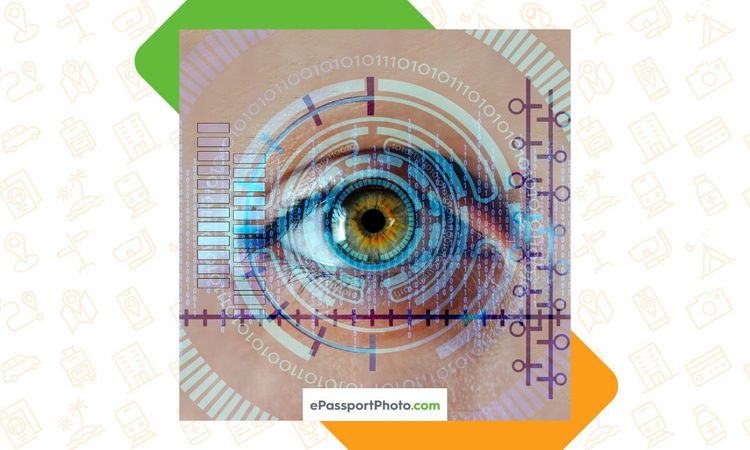What Does a Biometric Passport Indicate?
February 11, 2008 /

A biometric passport is equipped with enhanced security features to verify the citizenship of travelers. For past few years, various countries have introduced a wide range of procedures and computerized methods to avert passport scams to address the concerns related to international business and personal security.
A biometric passport has intricately designed passport pages, complex watermarks and a data chip. This chip contains all crucial information related to the passport holder such as digital signature data, which helps in authenticating the passport. The biometrics are considered more personal and reliable than a passport photo or a PIN, as it uses personal traits such as facial or eye maps and fingerprints as primary identification features. These biometric features were accepted by The International Civil Aviation Organization (ICAO) after analyzing multiple other biometrics including retinal scan.
The ICAO has also described the standardized file formats and communication practices that should be used in passports. For example, the contactless chip used in a biometric passport can store a digital impression of each biometric feature preferably in JPEG or JPEG2000 format. This contactless chip allows you to store minimum of 32 kilobytes biometric data and uses the interface compliant with the ISO/IEC 14443 international standard. The biometric features stored in the passport are compared by electronic border control systems or e-borders. These standards ensure not only the interoperability among various countries, but also among different makers of passports.
The contactless chip would store the same data, which is visible on the photo page of the passport. In addition, the chip would also include a digital photo of the passport holder, which would facilitate the process of biometric comparison by using the facial recognition technology. The new US passport carries a new look, and would enable international security agencies integrate crucial anti-fraud and security features in the passports.
It is expected that by 2015, ICAO would have a database of over a billion people worldwide. With a sudden rise in fraudulent methods, it has become mandatory for international security agencies to reinforce security features in passports. Therefore, a biometric passport helps in preventing the theft of identity and fraud. The ICAO suggests facial recognition as the principal biometric followed by iris and fingerprint recognition. The biometric information stored on passport helps in identifying fraud and automating immigration checks in future.